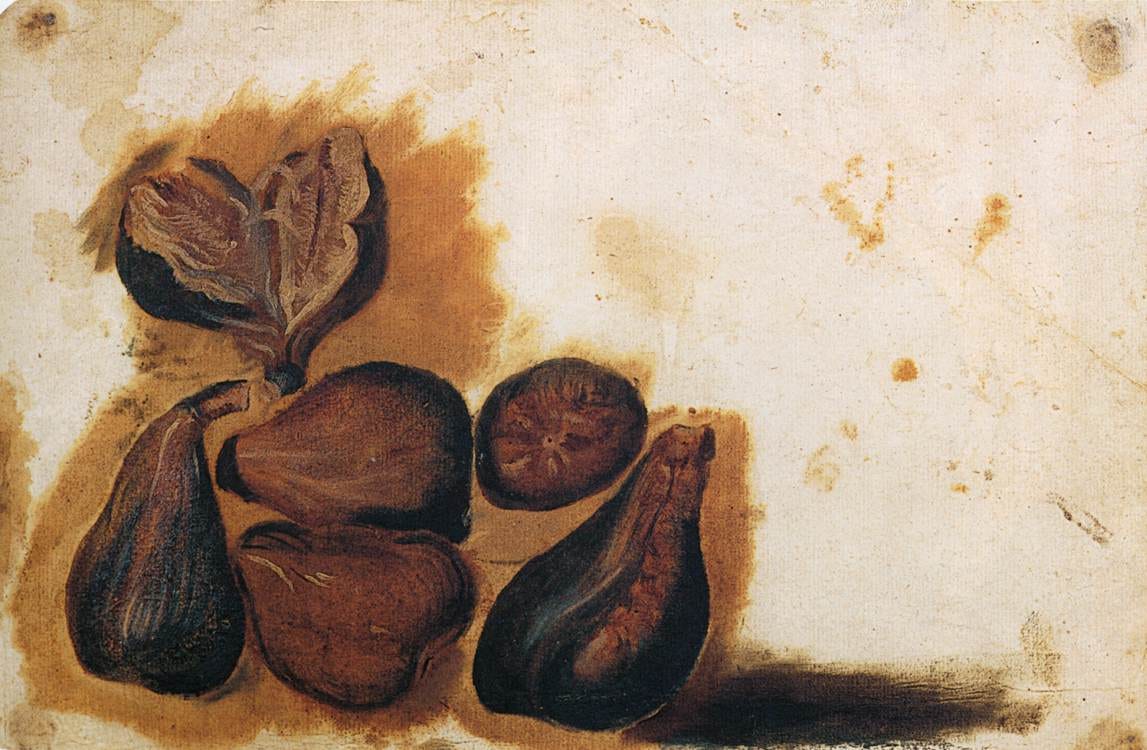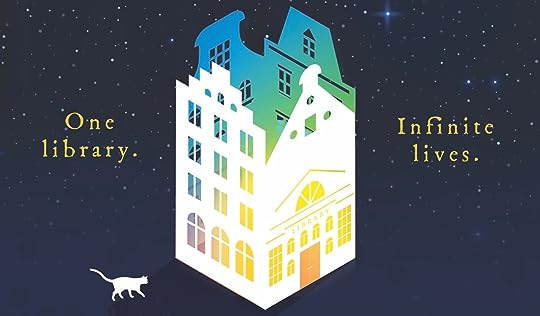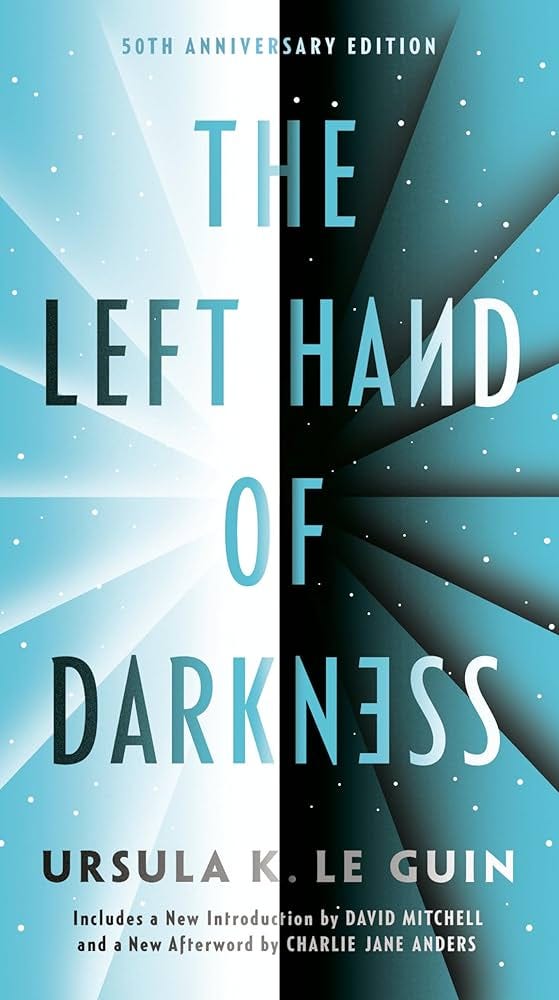Literary Explorations of Mental Illness
The Midnight Library, The Bell Jar, and the mind-body problem
Most recently on the podcast, we discussed The Humans by Matt Haig. The book offers a chance to experience humanity as an outsider, and slowly shows the reader the small joys in life. While the tone and content of the novel were not to my personal taste, I could appreciate that others might enjoy its uplifting message.
Initially, I was hesitant to pick up The Humans because my first experience reading one of Haig’s books was with The Midnight Library. And, well — not only did I not like The Midnight Library; I also found it deeply problematic.
Note: the rest of this essay contains references to depression and suicide. If this is too difficult for you to read, do not hesitate to skip it.
The Problem with the Midnight Library
In The Midnight Library, Nora Seed, a 36-year-old woman who has just lost her job, is depressed, and very shortly after the book opens, she attempts to take her own life. This decision brings her to a point somewhere between life and death: the midnight library. Here, she is given the chance to live through different versions of her life, experiencing different possibilities until she finally finds the right one. By the end of the book, she is imbued with a deep sense of gratitude, contentment, and closure.
And… that’s about it.
As I struggled to reconcile my personal view of the book with the massive amounts of praise it has received, I found myself nervously dipping a toe into the waters of literary criticism. Because it’s not just that I have a dangerously low threshold for sappiness (I don’t like The Notebook or Ted Lasso, for example), it’s also that the book is constructed poorly. And I am not the first to think so; this blog post and this NPR review seem to align with my thoughts.
Jacqueline Woodson once made a comment that I constantly think of:
The more specific we are, the more universal something can become. Life is in the details. If you generalize, it doesn’t resonate. The specificity of it is what resonates.
It is this lack of specificity, the pages devoid of details, that make The Midnight Library feel trite and generic. Like Rupi Kaur’s poems, its hackneyed lines are probably better suited to a tweet or motivational poster than a novel.
The problem is that we never, at any point in the book, get a real sense of what Nora wants. And if it is the depression that is getting in the way of her motivations, if the thing about Nora and her depression is that she doesn’t actually want anything, then we deserve more. More of her struggles. More of her past. More of her emotions. More of her.
As I think about how much more this book could’ve been, I am reminded of The Bell Jar, which somehow, despite being written over fifty years ago when our conception of mental illness was vastly different, was able to do everything The Midnight Library did not.
The Specificity of a Fig Tree
In Sylvia Plath’s The Bell Jar, Esther Greenwood has recently moved to New York City, and finds herself struggling to exist. The title is a reference to Esther feeling as though she is trapped under a ‘bell jar’, unable to be helped by those around her, or even herself.
Part of the success of this book comes from Plath’s beautiful writing — her experience as a poet shines through in her metaphors, descriptive language, and construction. But the other part (and I suspect, the larger part) is the raw vulnerability that shines through. Esther is a thinly veiled version of Plath herself, who spent time in psychiatric institutions and ultimately died by suicide at the young age of 30.
One of the most frequently quoted lines in the book is Plath’s reference to a fig tree as a metaphor for her indecision and feelings of helplessness:
I saw my life branching out before me like the green fig tree in the story. From the tip of every branch, like a fat purple fig, a wonderful future beckoned and winked.

What I find interesting is that the central idea of The Midnight Library — being able to live out different versions of your life — seems to be a direct reference to the fig tree in The Bell Jar.
How could one book get it so right, and another so wrong? To reference Jacqueline Woodson, again, it is the lack of specificity that makes The Midnight Library so dull.
This article from Lithub explores this difference nicely (contains mild spoilers for The Bell Jar):
It’s precisely this ambiguity that prevents The Midnight Library from having anything truly penetrative to say about depression and suicide…. The immediacy of Esther Greenwood’s experience, in contrast, makes readers feel as if they too are in the bell jar. Readers come to understand the logic of Esther’s decision to take her life about halfway through the book, a result of the slow pacing of the novel and Esther’s first-person narration of her breakdown and recovery. We’re told Nora has “decided to die” in the opening pages of The Midnight Library, and the intensity of her despair isn’t so much expressed as it’s stated in the third person. It’s difficult to grasp just how devastated and hopeless she must feel.
The Mind-Body Problem and The Dangerous Message of The Midnight Library
But it’s not just that The Midnight Library is trite, or cheesy, or devoid of any depth. While The Humans reminds us all to be grateful for the small things in life, The Midnight Library seemingly prescribes a cure for mental illness: if you can just be positive and appreciate your life, you can pull yourself out of your depression.
Gratitude can have a positive influence on our lives, it’s true. However. Telling a person to be grateful does not magically ‘fix’ their depression.
Until now, I have considered The Midnight Library from the perspective of a reader, and from that of an amateur literary critic. And now, finally, I want to talk about it from a third vantage point: as a physician and public health advocate.
The idea that one has conscious control over one’s mind is both true and false. I can decide to move my leg forward when I am walking, but if I fall and break a bone, I cannot ‘decide’ to heal it. It will heal if I seek appropriate care, and change my habits to allow for rest.
In the same way, a person may decide to have a positive attitude if they are otherwise well — but if they fall into clinical depression, they cannot just ‘decide’ to be positive and get better.
A lot of the stigma surrounding mental health comes from the idea that the mind and body are separate — that while the body experiences physical ailments, the mind is distinct, and therefore anything that’s happening to your mind must be in your mind, and therefore ‘made up’.
Where did this mind-body separation come from?
A person… lives through two collateral histories, one comprising of what happens in and to the body, the other consisting of what happens in and to his mind… The events in the first history are events in the physical world, those in the second are events in the mental world.
So writes René Descartes in Meditations on the first philosophy, in his description of the mind-body problem. To Descartes, matter had spatial, physical, and material properties — the mind did not. And so began a pervasive worldview that has interfered with scientific discovery for centuries, and still continues to persist today. This distinction gave rise to the erroneous thinking that whatever is occurring in the mind is separate from the body, maybe even imagined.
Physical and psychiatric disorders became institutionally separated — hospitals were places where physical maladies could be fixed, while asylums were places where psychiatric patients were locked away. And as a result of mind-body duality, there still exists a sense that you can never truly be ‘cured’ of a mental illness.
It has also resulted in a scientific neglect of the connection between the ‘mind’ and the ‘body’. Of course physical systems impact mental systems much like they impact each other, and vice versa, but we are only now starting to see emerging research into how these systems may interact.
To me, the idea of mind-body separation is as ridiculous as thinking that relativity doesn’t exist just because we can’t touch it. Or that electricity, which we can ‘see’ in a lightbulb, is unrelated to magnetism, which has no visual presence.
Luckily, over the past few decades, awareness of mental disorders, as well as the mind-body connection, has increased — partly encouraged by beautiful and personal works of art like The Yellow Wallpaper and The Bell Jar — and as a result, we are now starting to see more nuanced portrayals of mental illness from the perspectives of those suffering from it.
Well... usually it’s nuanced.
— Shruti
Up Next
Tomorrow on The Novel Tea podcast, we’ll be discussing The Left Hand of Darkness by Ursula K. Le Guin. This book was unexpected in so many ways, and we can’t wait for you to hear our discussion and let us know your thoughts! Be sure to subscribe wherever you get your podcasts to stay up to date with our book discussions.







Interesting take on metal illness. Bell Jar is still in my to-read list and I will check out Matt Haig (although I read How to Stop Time and enjoyed it - somewhat). We also have authors like Philip K. Dick, who lived with mental illness (caused by excessive use of drugs) and was totally aware of the fact that he could be mentally ill. He channelled his problems to his fiction and wrote SF masterpieces which always had an uncanniness that could not always be explained by the plot (see Ubik, The Three Stigmata of Palmer Eldritch or in fact any book by Dick)